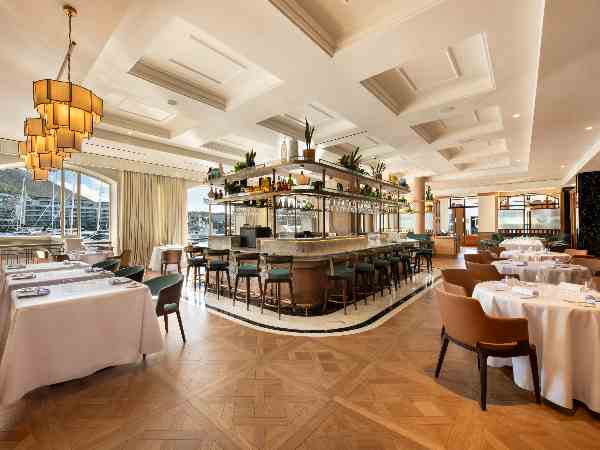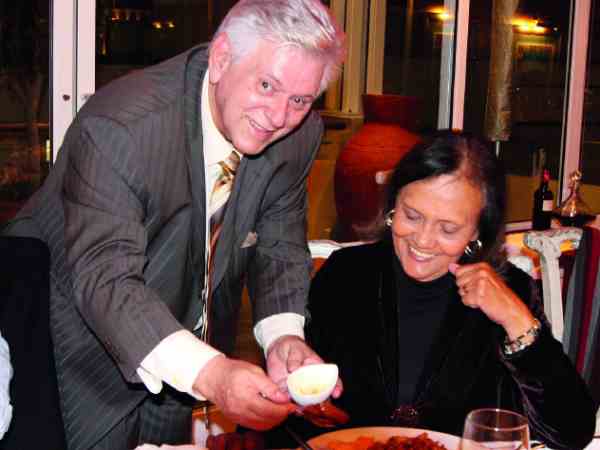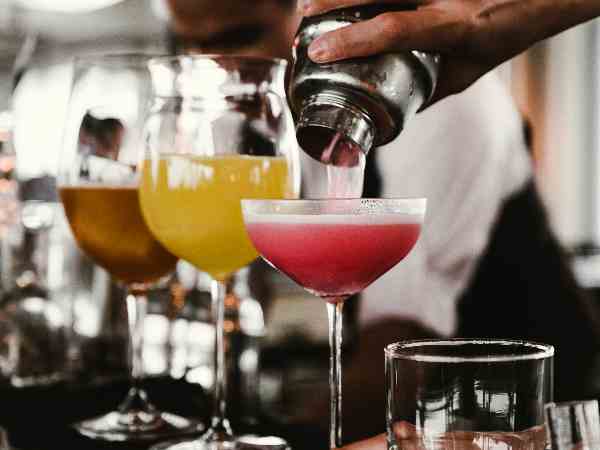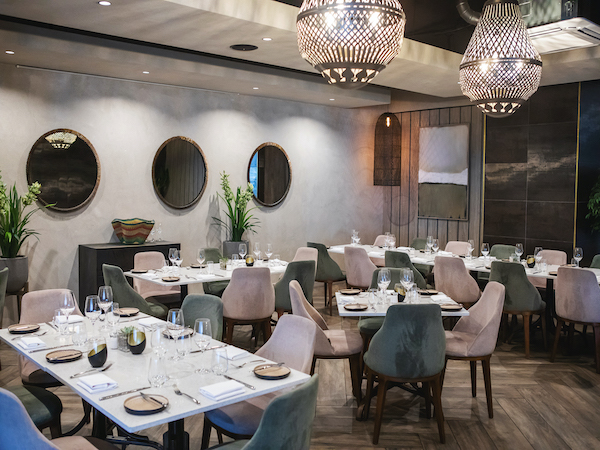News
How rising food prices are affecting restaurants
Thursday, March 31st, 2016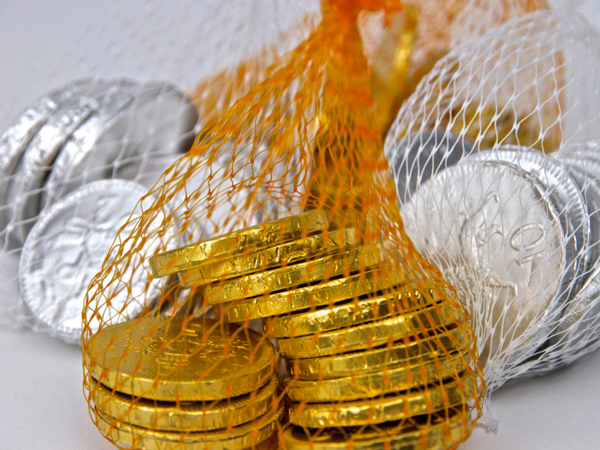
Unless you’ve been living under a rock for the past few months – or subsisting on tins and non-perishable produce from your own personal apocalypse stash of Speckled Eggs – you’ll have noticed that food prices are climbing at a rate of knots.
According to StatsSA, January data shows a 6.9% year-on-year rise for food and non-alcoholic drinks, but some food items have increased even more dramatically: black tea is up 22.62%, frozen chicken is up 26.77% and tomatoes are up 19.55%, according to the Mail & Guardian.
But as yet, we haven’t seen dramatic increases at many restaurants. So how are restaurants coping? And are prices set to climb soon?
The increases
“8 years ago we operated at 30% food cost and today we are operating closer to 36%”, says Fotis Drakopoulos of Walnut Grove in Sandton.
Chiara Viljoen of Café Del Sol in Johannesburg says their food prices have risen even more dramatically. “We are struggling immensely,” says the restaurateur. “Our food cost is sitting on 50% and I have no choice but to do a price increase from April or we will all be out of business.”

The price of imported goods has risen thanks to the struggling rand. Photo: Thinkstock.
At Four15 in Durban, Michaela Mulvey says it’s becoming more and more difficult to maintain both quality and value. “All of the fresh produce is where we’ve seen major increases – some of the items have tripled in price.”
Annemarie Robertson (née Steenkamp) of Bocca, Burrata and Open Door restaurants in Cape Town says they’re also seeing a drastic change in prices. While they’ve always balanced fluctuating prices, when, for example, individual items like macadamia nuts would rise in price, but this is different. “We got an email yesterday saying that butter is going up 30%,” says the chef. Other dairy products will likely follow suit.
Imported products have been even harder hit thanks to the struggling rand.
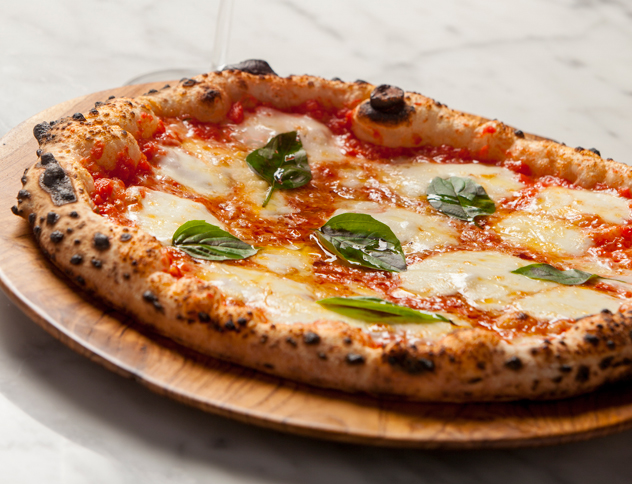
Bocca and Burrata’s glorious pizza is made with imported flour and tomatoes. Photo supplied.
The tomatoes and flour for Bocca and Burrata’s glorious pizzas is all imported, with the price of the latter almost doubling in recent months. Valrhona chocolate is now around R1300 for a 3kg bag, says Annemarie.
Coffee is another item that’s costing restaurants far more. David Donde of Truth Coffee in Cape Town says the price of his beans has gone up 30%. “Coffee is relatively stable, but 30% loss in the rand’s value sees us paying 30% more.”

Imported goods like coffee are particularly badly affected. Photo: Thinkstock.
In spite of these rising costs, restaurateurs are hesitant to reduce the quality of the produce they’re using. David Donde says he’d rather hike prices than serve inferior coffee. Chiara Viljoen of Café Del Sol says she refuses to compromise on quality cold meat, parmesan and pasta.
Greig Walker of Cnr Café & Bistro and The Wolfpack says he’s definitely felt the impact of recent food price increases. “One item in particular that has risen dramatically is calamari,” says the restaurateur. Apparently a global shortage of Falklands calamari is pushing up prices there. “There are no more squid heads available in Joburg at all,” confirms Chiara.
Consumer behaviour
The other side of the coin is a change in consumer behaviour.
“People are going out less frequently,” notes Chiara. She also says they’re expecting more value for money. At Walnut Grove, Fotis says he’s noticed a decreased turnover, too.

Customers are also ordering less drinks, says Michaela Mulvey of Four15. Photo: Thinkstock.
At Four15, Michaela says she’s observed that while people aren’t ordering less food, they are reducing the amount of drinks they consume. “Customers used to order three to four drinks per meal, where now you see only one to two drinks being ordered.”
So while some restaurateurs are raising prices, they are doing so tentatively. “I’m stuck in a situation where I cannot increase my menu prices by the same percentage that the ingredients have increased by,” says Greig.
Changing menus
Some restaurateurs are choosing to take very expensive items off the menu, rather than hike the prices in a realistic way. Greig no longer serves Scottish salmon – another item that’s skyrocketed – and Annemarie says they’re no longer serving crayfish at Open Door. “We’re also looking at cheaper cuts of meat – so instead of a sirloin, we’re offering shortrib and lamb rump, to give more value for customers.”
So will prices go up?
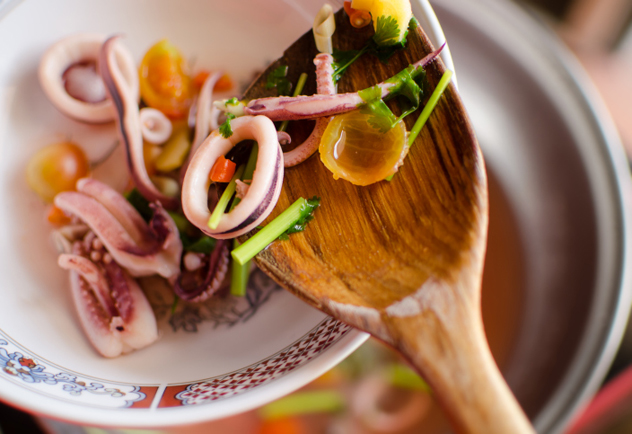
Calamari is likely to become a significantly more expensive on menus. Photo: Thinkstock.
Most of the restaurants we spoke to have either already raised their prices a small amount – or are in the process of planning increases for April. “Season is so crazy, you lose track,” says Annemarie. But now that things are calming down, restaurateurs are recalculating costings for dishes – and finding they have no choice but to raise prices.
At Four15, the team has raised some prices by a few percent, but is trying its hardest to keep prices affordable by price-checking suppliers, and buying in bulk where possible. “We are reluctant to raise our prices by much because we know how difficult it already is to take the family out for dinner,” says Michaela.
Greig says they’ve recently increased prices on menus by around 10%. “We fight harder for our margins, as food is not the only area where there have been increases. As the basics of life go up, we need to increase salaries. So at the end of the day, we have to box way smarter to save what margin is left.”
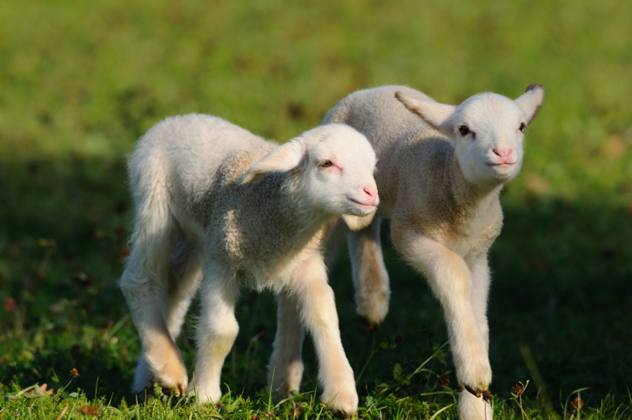
The price of lamb has also sky-rocketed. (Much to Jessie and Steve’s relief.) Photo: Thinkstock.




